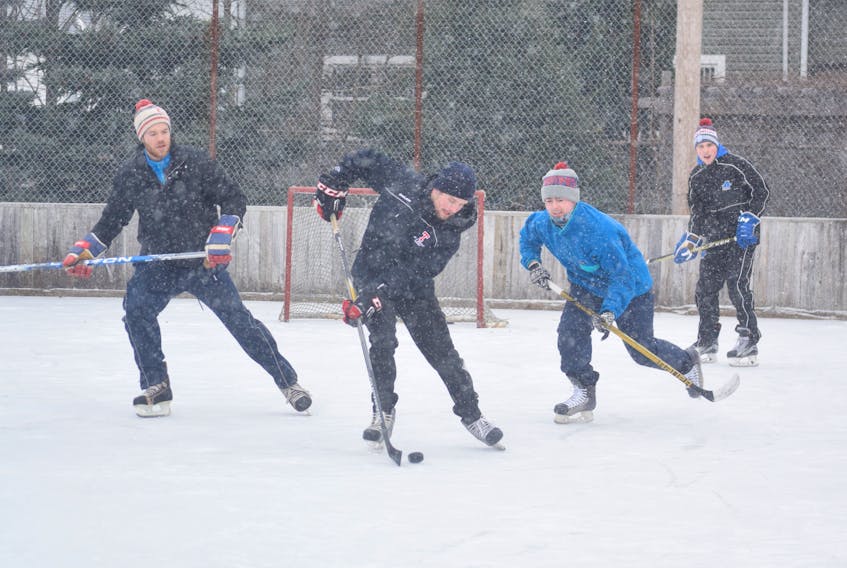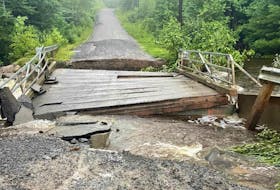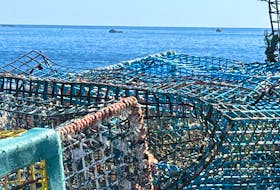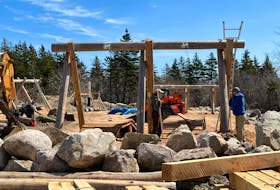David Phillips studies many weather patterns in across Canada’s climatic diversity.
Out of all the patterns in the country the senior climatologist with Environment Canada has studied, Nova Scotia’s weather shows one distinction: it hasn’t changed from initial predictions at the beginning of the season.
While weather can be fickle – particularly in the Maritimes – Phillips said Nova Scotia “has stood still” since the seasonal forecast for winter was released earlier in December.
Other provinces and regions have seen weather patterns change from what was initially predicted, but Nova Scotia’s weather has fallen right in line with the predictions made so far by Environment Canada.
This year, la niña conditions could create milder temperatures for Nova Scotia. Winter will feel colder than last year, but given the average – and how unusually warmer last winter was – conditions will be fairly mild.
Last year, Phillips said that average temperatures were 1.5 degrees warmer than normal.
Winter in Nova Scotia will be less frigid compared to the intense cold that parts of Central and Western Canada are experiencing, since the polar vortex gripping most of Canada will not be as predominant in the east. Phillips said the traits of weather – stormy or clear – depend on where the air comes from. It can vary in a la niña season.
But as far as temperature is concerned, “it’s going to be a whole lot less brutal,” than the rest of Canada. “It won’t be the long, hoary season some people expect.”
Phillips also anticipates this winter to have less precipitation, with “more of an average kind of snowfall.”
The determinant of whether a winter carries the wallop of a bunch of storms comes from the difference between air masses originating from the south and north, and the variation in the types of weather they bring.
“With colder northern air, it’s really just the snow you get,” said Phillips. “There’s no freezing rain with the northern air. When you get air from further south blowing up, it’s warmer than normal, but with mess consequences.”
When warmer air comes up from the south, Phillips said, it mixes with some of the colder air in the area, and creates unstable weather patterns that include ugly events such as freezing rain and snowstorms.
Colder arctic air masses, on the other hand, tend to deliver drier air, which leads to more stable – albeit colder – weather patterns.
The origins of those warmer air masses are in south in the United States. These kinds of weather patterns, however, include “nastier, stormier weather coming from places like Texas and the Atlantic coast.”
“You basically have to pick your poison,” said Phillips. “Would you like a bit of normal with southern air coming up with storm after storm, or to be locked down with cold, dry Arctic air, with the odd period of snow?”









